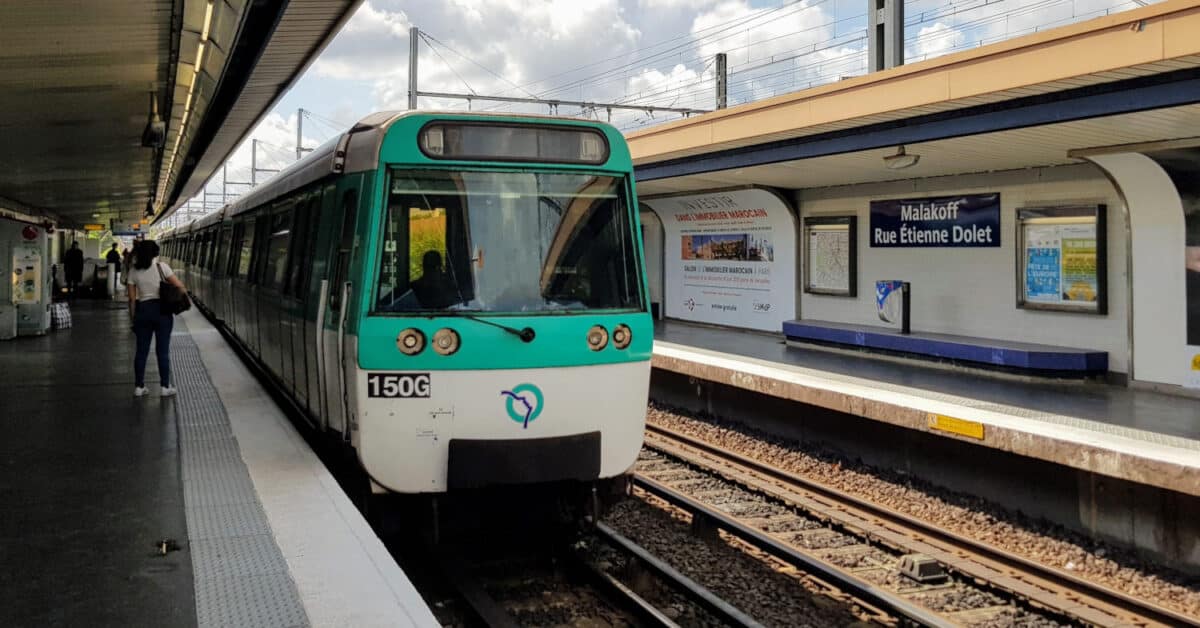The Régie Autonome des Transports Parisiens (RATP) has awarded Siemens Mobility the contract for the complete automation of line 13 of the Paris metro.
This project, approved in 2022 by Île-de-France Mobilités (IDFM), will transform one of the busiest lines on the network thanks to the implementation of a driverless driving system based on CBTC GoA4 technology (maximum degree of automation).
The contract envisages four pillars to achieve full automation:
Con Trenvista Premium, disfruta de una experiencia sin anuncios y acceso a contenido exclusivo.
Únete por sólo 35€ al año y aprovecha ventajas exclusivas diseñadas para personas expertas en el ferrocarril.
★ Descubre Trenvista Premium
- The supply of the signalling and control system.
- The comprehensive modernisation of the Operational Control Centre.
- The installation of on-board equipment on the 66 trains that will serve the line.
- An optional maintenance agreement for up to three decades.
The transition to the new system will be gradual: new MF19 series trains will enter service in 2027 and will be progressively adapted until automatic operation is achieved by the end of 2032.
From GoA2, with driver, to GoA4, without driver
Line 13 currently operates with a GoA 2 level of automation, where the driver is responsible for the gates and traffic supervision, while traction and braking are managed automatically.
With the leap to GoA4, trains will operate in fully unattended mode, allowing for reduced intervals, real-time adaptation of supply to demand, improved punctuality, and optimised energy consumption.
Additionally, replacing the MF77s with the new MF19s will enhance on-board information with real-time systems.
With 32 stations and 24 kilometres of route, line 13 connects Châtillon-Montrouge with the north of Paris via two branches at Saint-Denis and Les Courtilles. It carries more than 550,000 passengers a day.
Paris, a pioneer in automatic metro systems
The modernisation of line 13 is part of an ambitious transformation plan that consolidates Paris as a world leader in metro line automation.
The pioneering line was line 14, inaugurated in 1998 as the capital’s first fully automated line. Subsequently, RATP undertook the challenge of automating pre-existing lines, with a particular focus on the conversion of line 1, completed in 2012. Despite its age, RATP met and overcame the challenge of maintaining service during the migration.
In June 2023, line 4 reached GoA4 level, following a complex process of renovation of its rolling stock and operating systems. It now operates fully automatically between Bagneux and Porte de Clignancourt, reinforcing capacity on a key route that carries more than 700,000 passengers a day.
In addition, Siemens (in consortium with Hitachi and Atos) is responsible for the automation of lines 15, 16 and 17 (of the Grand Paris Express project), while Alstom will do the same on line 18.
A world reference
With the future automation of line 13, Paris will consolidate its position at the forefront of driverless metro operation. In the medium term, new renovation projects are expected on veteran lines such as 6 and 11. This is part of the joint strategy of RATP and IDFM to modernise the network, increase efficiency, and promote public transport as a sustainable alternative to the car.
The French capital is thus moving forward in a process that combines increased capacity with reduced emissions and the use of technologies that are already benchmarks in other urban transport networks around the world.
